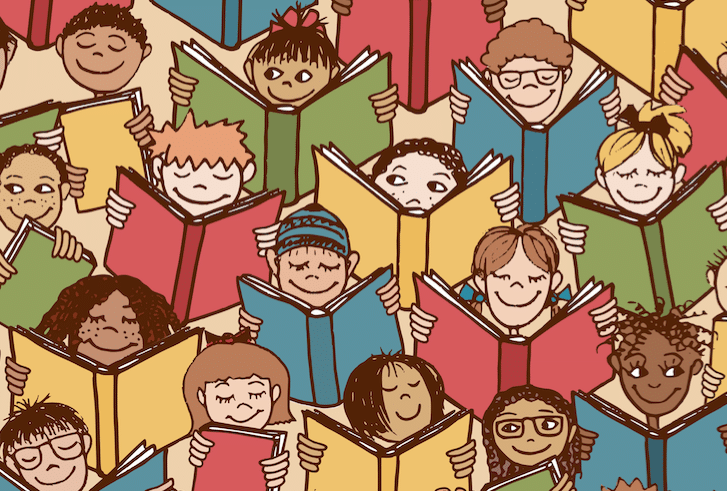Cultural Children’s Books
 Culture in Children’s Books
Culture in Children’s Books
Reading about culture in children’s books is one of the best ways to open their minds and hearts, says the article “Children’s Books that Teach Diversity are More Important than Ever.” Stories that address diversity, empathy and fairness can even change how people feel about tough issues, said Upworthy, the website that talks about stories for a living, and can help instill those values in a child as well.
However, many books written for kids still don’t have enough specific cultural content in them, it added. Teachers and parents are still more likely to find books highlighting cars and animals versus a child of color, says Upworthy.
The lack of diversity in kids’ books is nothing new, said the culture magazine, Flavorwire. Book reviewers have been pointing this out for 50 plus years. The latest numbers are startling, especially in light of the country’s changing demographic landscape. According to research, says Flavorwire, only three percent of children’s books are about or were written by Hispanics. Due to the fact that close to 25 percent of all public school students are Spanish-speaking and about 50 percent of kids, today, under five years old are nonwhite, there’s something wrong with this picture, Flavorwire adds. It’s truly amazing that parents still have to search to find books where the main characters look like their kids, it said.
Fortunately, there are some terrific programs out there working to change this shortage of cultural representation in children’s books. Lectura Books publishes bilingual and bicultural books in English and Spanish. The Latino Family Literacy Project, produces some of the best culturally relevant programs for parent involvement with Hispanic parents and the Project helps Latino parents to establish regular, at-home, reading routines. Teachers can attend an online webinar to get trained to implement the program at their school.
